Tomato Disease: Urgent Help for Control
biradarcm
13 years ago
Related Stories

EDIBLE GARDENSSummer Crops: How to Grow Tomatoes
Plant tomato seedlings in spring for one of the best tastes of summer, fresh from your backyard
Full Story
HEALTHY HOMEWhat to Know About Controlling Dust During Remodeling
You can't eliminate dust during construction, but there are ways to contain and remove as much of it as possible
Full Story
MOST POPULAR7 Ways to Design Your Kitchen to Help You Lose Weight
In his new book, Slim by Design, eating-behavior expert Brian Wansink shows us how to get our kitchens working better
Full Story
GARDENING GUIDESTexas Gardener: What to Do in July
Beat the heat with sun-loving blooms, pest control, good lawn care and sun protection. Pick up the pace for planting and planning
Full Story
HEALTHY HOME18 Ways to Allergy-Proof Your Home
If you're itching to reduce allergy symptoms, this mini guide to reducing allergens around the house can help
Full Story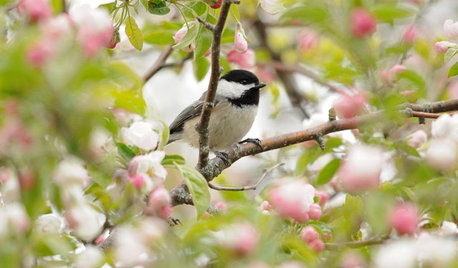
SPRING GARDENINGSpring Gardens Are Waking — Here’s What to Do in March
Excitement fills the air when gardens come back to life. These guides will help you make the most of yours
Full Story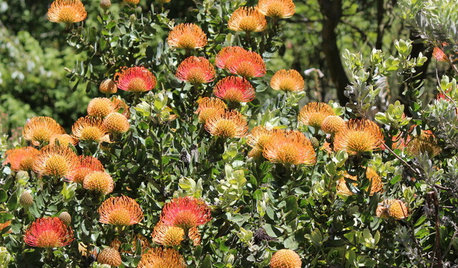
GARDENING GUIDESKeep Your Cool in the Garden — Here’s What to Do in August
Don’t let summer’s heat go to your head. These U.S. gardening guides will help you make sensible choices for all of your plantings
Full Story
GARDENING GUIDESCalifornia Gardener's August Checklist
Share the veggie wealth, help plants sip smartly and don't forget to enjoy the simple pleasure of relaxing in your garden
Full Story
GARDENING GUIDESEssential Watering Tips for Your Edible Garden
To give your edible plants just what they need, check out these guidelines for how, when and how much to water
Full Story
GARDENING GUIDESGet on a Composting Kick (Hello, Free Fertilizer!)
Quit shelling out for pricey substitutes that aren’t even as good. Here’s how to give your soil the best while lightening your trash load
Full Story



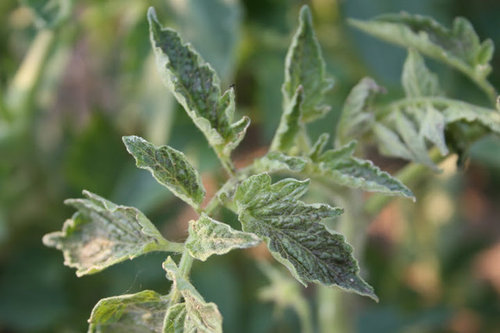
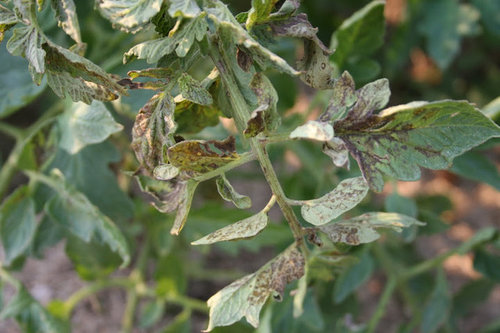
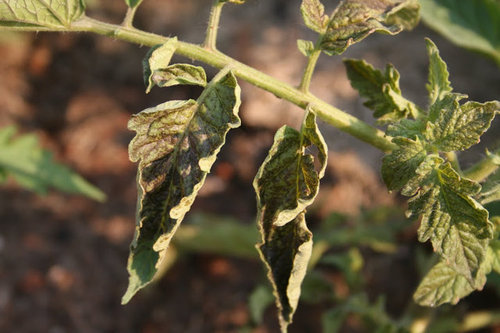
PunkinHeadJones
PunkinHeadJones
Related Discussions
Proactive pest/disease control
Q
The 'aspirin technique' for controlling some plant diseases
Q
Ortho Garden Disease Control (Daconil) ? Organic?
Q
Help- Tomatoes dying with unknown disease!
Q
Okiedawn OK Zone 7
piscesfish
bettycbowen
biradarcmOriginal Author
joellenh
PunkinHeadJones
Okiedawn OK Zone 7
oldbusy1
biradarcmOriginal Author
Okiedawn OK Zone 7
oklavenderlady
Okiedawn OK Zone 7
oldbusy1
oklavenderlady
biradarcmOriginal Author
soonergrandmom
Okiedawn OK Zone 7
soonergrandmom
elkwc
Okiedawn OK Zone 7
elkwc
biradarcmOriginal Author
p_mac
elkwc
biradarcmOriginal Author
Okiedawn OK Zone 7